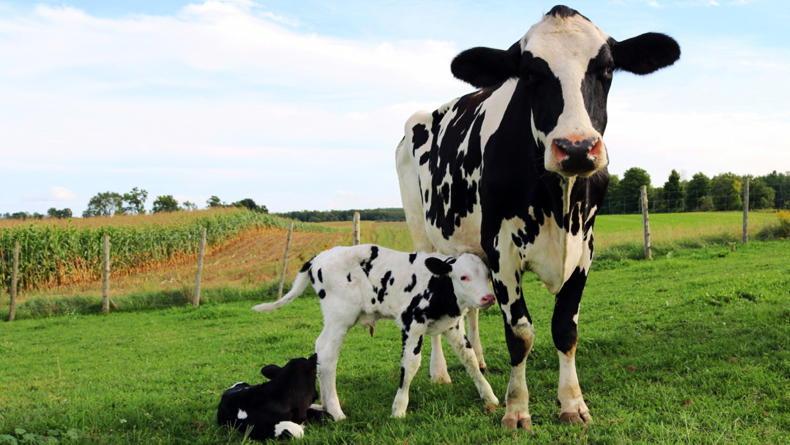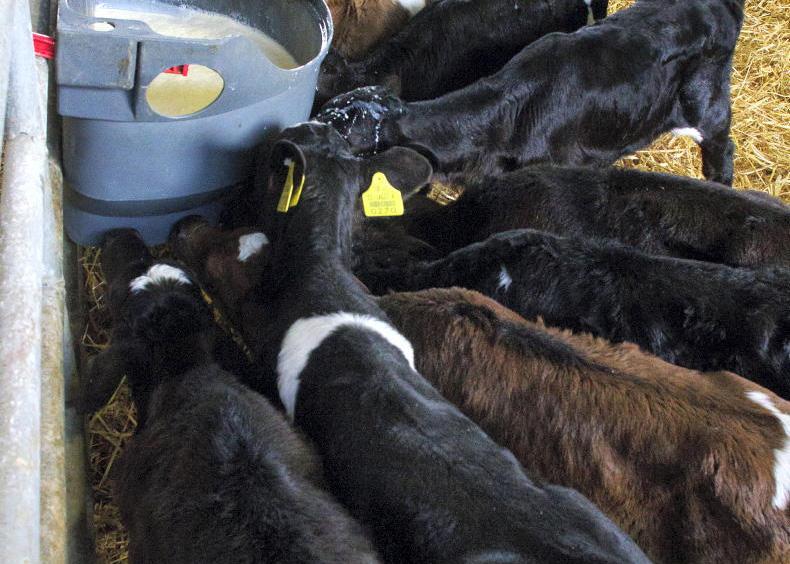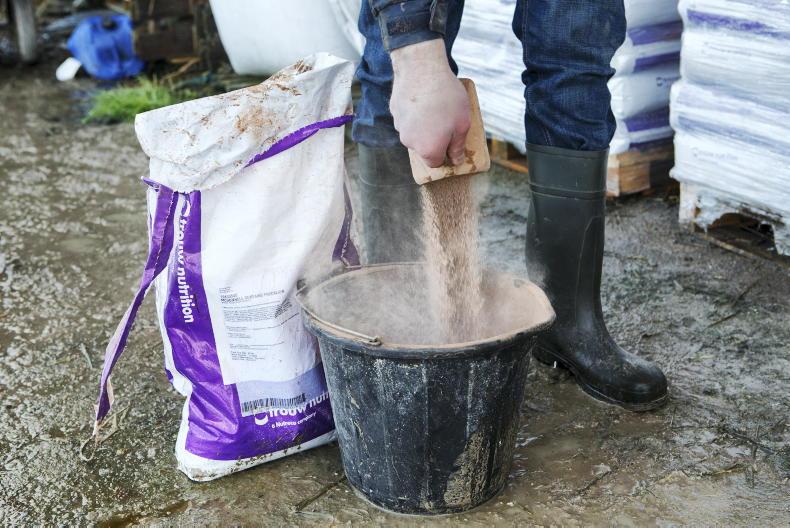With the vast majority of dairy herds in the throes of calving, this is a really busy time of year, but it is also a risky time of year, particularly for animal health.
Milk fever is a metabolic disorder caused by insufficient calcium in the bloodstream.
The result is a downer cow and failure to treat in time can cause death.
In acute cases, the cow can die quickly. Most cases occur within five days after calving, but usually within the first 24 hours.
Treatment
Treatment is intravenous injection of liquid calcium into the bloodstream.
Most cows will recover shortly after getting this calcium, but secondary problems can often occur too, such as mastitis and retained cleaning, both of which are related to the calcium deficiency.
Some cows are more at risk than others. Generally, it is older and higher yielding cows that are at more risk.
There is anecdotal evidence to say that Jersey and Jersey-crossbred cows are more at risk too.
Management
These risks aside, management has a huge bearing also. Cows that are in too high a body condition score are more at risk.
The composition of the diet also has a huge factor. Cows should be on a low-calcium but high-magnesium diet pre-calving.
Some farmers give cows a calcium bolus immediately before or after calving to boost calcium levels after calving and to help prevent milk fever. Others feed high levels of magnesium in the run up to calving.
Potassium link
There is also a link between calcium and potash. Diets high in potash (for example silage is high in potassium) prevents the absorption of calcium in the rumen, so these cows are very prone to milk fever.
Therefore, make sure that cows are on low-potash silage in the weeks prior to calving.









SHARING OPTIONS